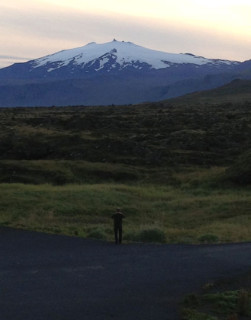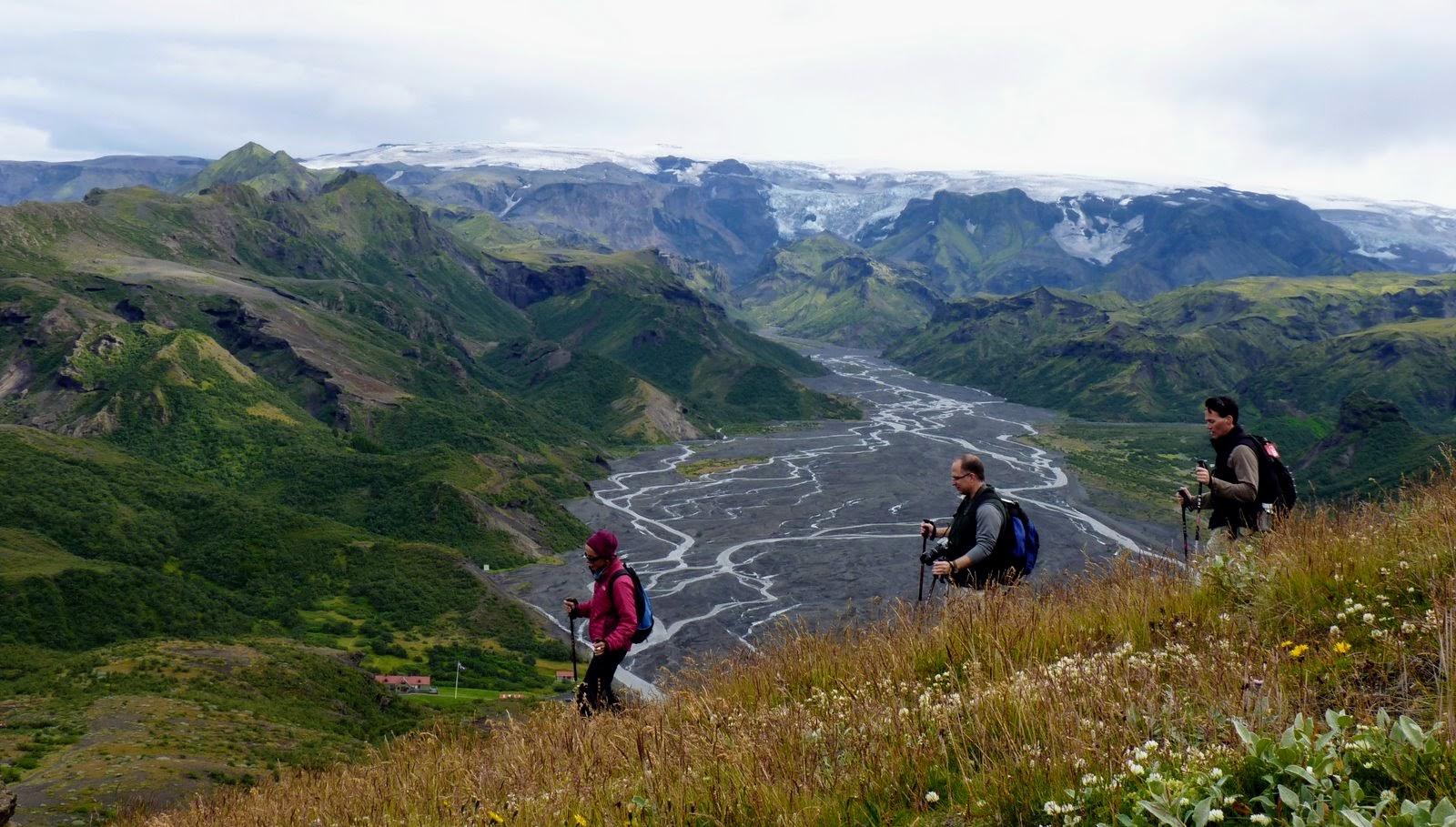Iceland is a primordial landscape that approximates what the world must have felt like when it was first being born. The very ground you walk on is alive, hissing and crackling with energy, spewing steam from vents deep beneath the earth’s crust, pushing boiling water into mountain streams, creating new volcanic islands in the middle of the ocean. You can almost hear the massive glaciers grinding out new fjords in every direction, while dormant volcanoes rumble with ominous possibilities. Everything is carpeted in a voluptuous moss, blunting the razor-sharp volcanic rocks with a carpet of springy forest green.
Only have 48 hours in Iceland? Below are a few of my favourite ways to experience a place that will capture your imagination at every turn.
48 Hours in Iceland: The Must Sees

Snaefellsnes Peninsula
A couple of hours Northwest of Reykjavik lies the beguiling Snaefellsnes Peninsula, where remote fishing villages cling tenaciously to desolate cliffs, where lava fields spread across the landscape in every direction, and where waterfalls tumble from the mountains in profusion. We hiked along wind-swept cliff edges down into sheltered coves of tumbled black basalt, rode Icelandic ponies along the beach past crashing surf, plunged into searing thermal pools of sulphurous waters, and climbed atop calderas of dormant volcanoes. Off in the distance, when the mist and fog finally cleared, sat the brooding white mass of the Snaefellsjokull glacier, guarding the secret entrance to the centre of the earth (at least according to Jules Verne).
Pingvellir
Pingvellir sits at the emotional heart of Icelandic culture as the home of the country’s first parliament and site of massive clan-like gatherings over many centuries, but it also sits literally at the crack in the earth that divides the continental plates of Europe and North America. We walked along the shores of the largest natural lake in Iceland towards the massive rift in the earth’s crust, where waterfalls pour over the edge into a deep abyss, and then we hiked the hills around a geothermal plant, where clouds of steam seeped from cracks, the wind howled, and the earth was stained with a rich array of mineral colours.

